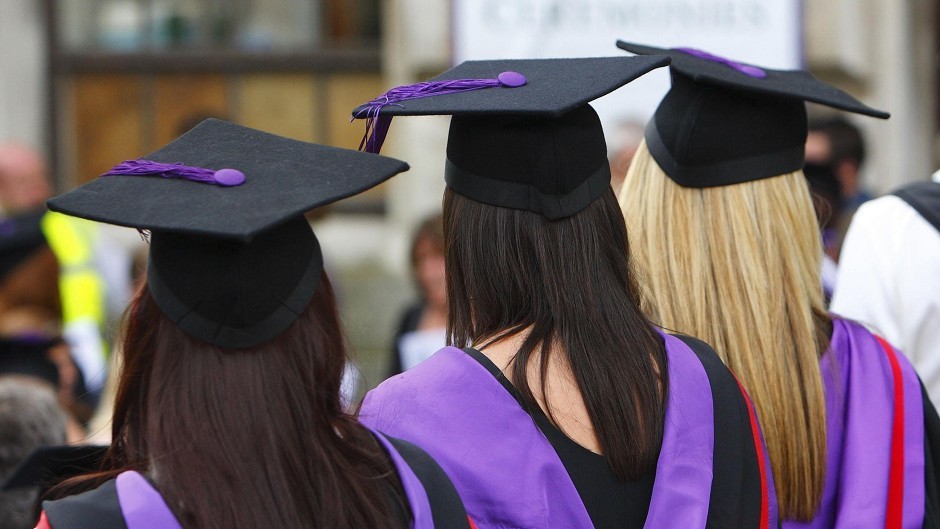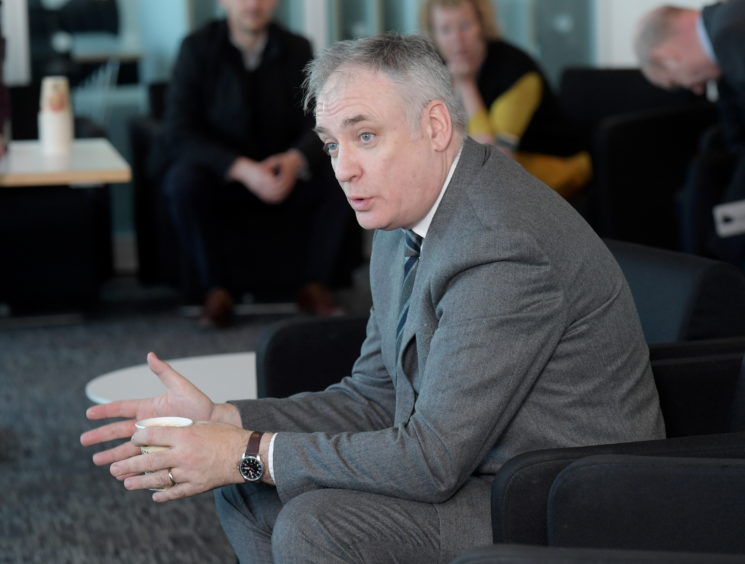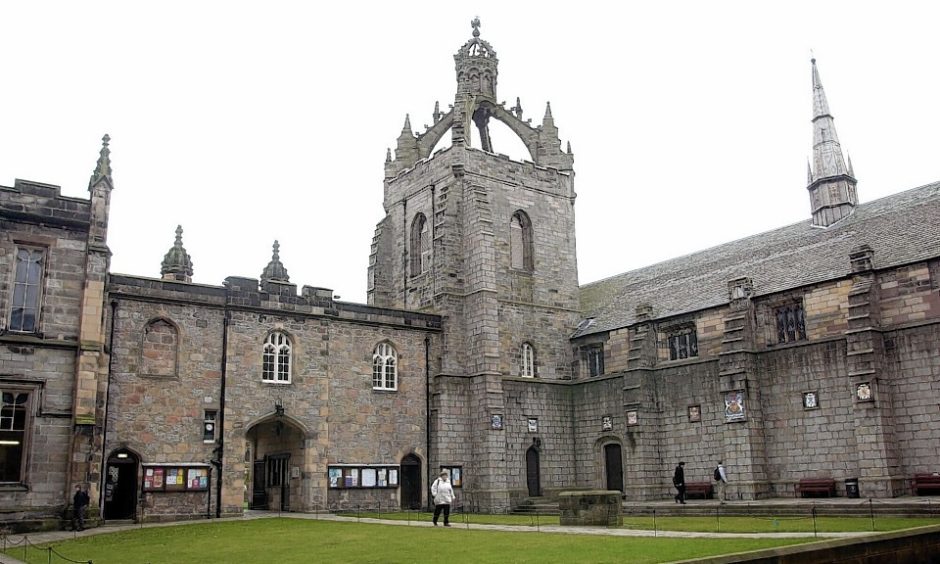Universities in Scotland have been told to expect a “surge” in applications from EU students before free tuition is axed next year.
The prediction could boost the struggling sector in the short-term as higher education institutions try to balance their books in the wake of the coronavirus crisis.
Hamburg-based Gerrit Bruno Blöss founded the Student.EU platform after enjoying his experience studying for an MSc in finance and investment management at Aberdeen University in 2009 and 2010.
The portal carried out a survey earlier this month which found that 84% of 2,505 EU students said they would “definitely not” choose the UK if fees were to rise by as much as 100%.
With a 50% fee increase, 61% said they would “definitely not” study in the UK, while 38% said they would be “less” or “much less likely” to.
On Thursday, Scotland’s Higher Education Minster Richard Lochhead announced that free tuition for EU students would end at the start of the 2021/22 academic year because of Brexit.
Mr Blöss said the move could cause a slump in applications, although he predicted a spike in the short-term while the free tuition policy remained in place.
“I can assure you that no-one in the sector is happy to hear this news,” he said.
“I would say that it’s at least likely that policymakers and universities will make efforts to find some special agreement for EU students.
“But any fee increase will of course affect EU student mobility to Scotland.
“For now, there will definitely be a surge in last-minute applications to Scottish universities for September 2020; and as well for January 2021, where those intakes are offered.”
Mr Blöss regretted the decision but said there could still be opportunities for universities in Scotland.
“My own Aberdeen experience was the main reason why I later founded a company that would enable others to get the ‘study abroad’ experience,” he said.
“We would expect the impact (a drop in EU applicants) to be similar for Scottish universities if, from 2021, their fee structures for EU students were comparable to those of English universities. The current international fees are on the same level already.
“On the other hand, if Scotland can continue to position itself as a budget-friendly alternative, it might still lose those who sought free education, but attract those for whom England will become too expensive.
“The availability of loans will also play an important role. The survey showed that these will be crucial in attracting EU students. There’s definitely an opportunity.”
More than 21,000 EU students studied at Scottish universities in 2018/19.
Mr Lochhead has said that an “ambitious scholarship programme” would be considered to “ensure the ancient European nation of Scotland continues to attract significant numbers of European students to study here”.













